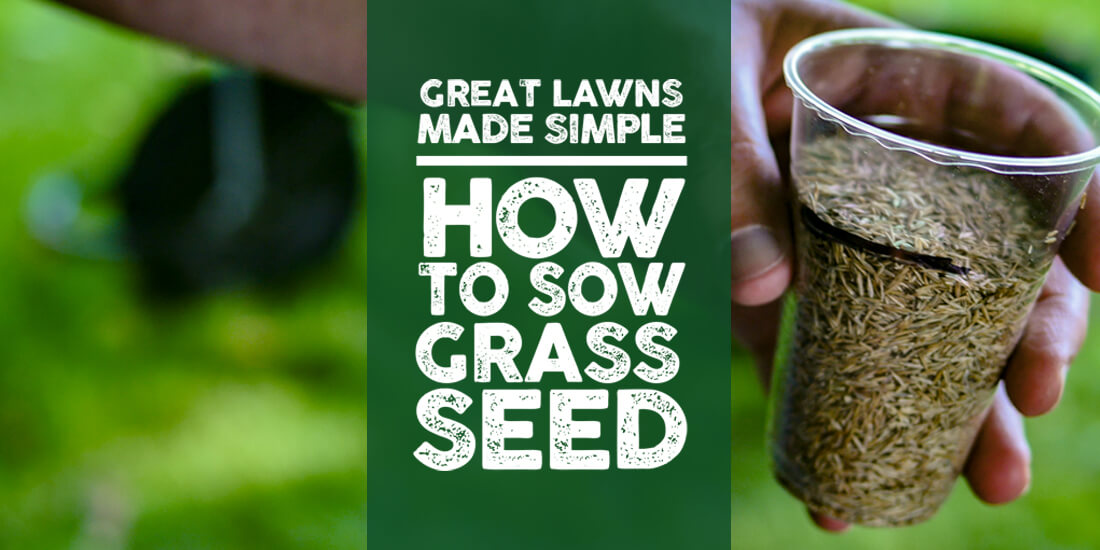Great Lawns Made Simple: How to sow grass seed

Next up in our series video series of Great Lawns Made Simple is How To Sow Grass Seed - an informative, easy to follow guide to sowing the perfect lawn in your garden.
The best times to sow grass seed are in spring when the soil warms up and autumn when the weather is rainy, but as long as you water the soil, you can sow in summer too. Seeds are living things and need moisture and warmth to germinate.
Learn how to sow grass seed in a few simple steps!
Knowing what grass seed you need to suit your garden will also help, and different soil types can also affect the overall growth of your lawn!
With a well-prepared seed bed you are now ready to sow. Always refer to the instructions and use the correct amount. A handy way of doing this is to measure the seed needed per square metre and then mark it out in a container or cup.
If you need to sow grass seed over a large area, using a seed spreader is worthwhile; it will save time, and you will get even coverage. Make sure to fill in correctly.
Tips on How to Sow are mentioned in this video:
- Divide large areas into smaller sections or small spaces into square metres. Mark it out using canes, string or sand.
- This way, you won’t be left with bare patches or use too much seed in one area.
- Spread half the seed in one direction and the other in the opposite direction to cover evenly. More does not mean better. Too much seed will not allow grass room to grow and spread and will be a waste. Guidelines are there to get the right coverage at the least cost.
- Next, rake over the soil gently to cover the seeds and then tread lightly so they have good contact with the soil. They need to be about 5 - 10mm into the soil; burying them completely is unnecessary.
- To protect your seed from hungry birds, you can use several ways to protect them. Cover with nets, use a scarecrow or hang CDs on sticks.
- Last is watering. Ideally, if it is due to rain, then they will be watered naturally if not lightly watered with a fine hose.
- Don’t flood them as they can rot or leave them to dry out for days, either.
- Once they germinate, keep an eye on them to ensure they have everything they need for a good start.
Want to know more? Check out the rest of our Great Lawns Made Simple series.
- Great Lawns Made Simple: How to create a new lawn
- Great Lawns Made Simple: Types of soil in your garden
- Great Lawns Made Simple: How and when to cut grass
- Great Lawns Made Simple: Aeration for lawns
- Great Lawns Made Simple: How to feed your grass
- Great Lawns Made Simple: How to repair your lawn
- Great Lawns Made Simple: How to remove moss
- Great Lawns Made Simple: How to prepare your soil